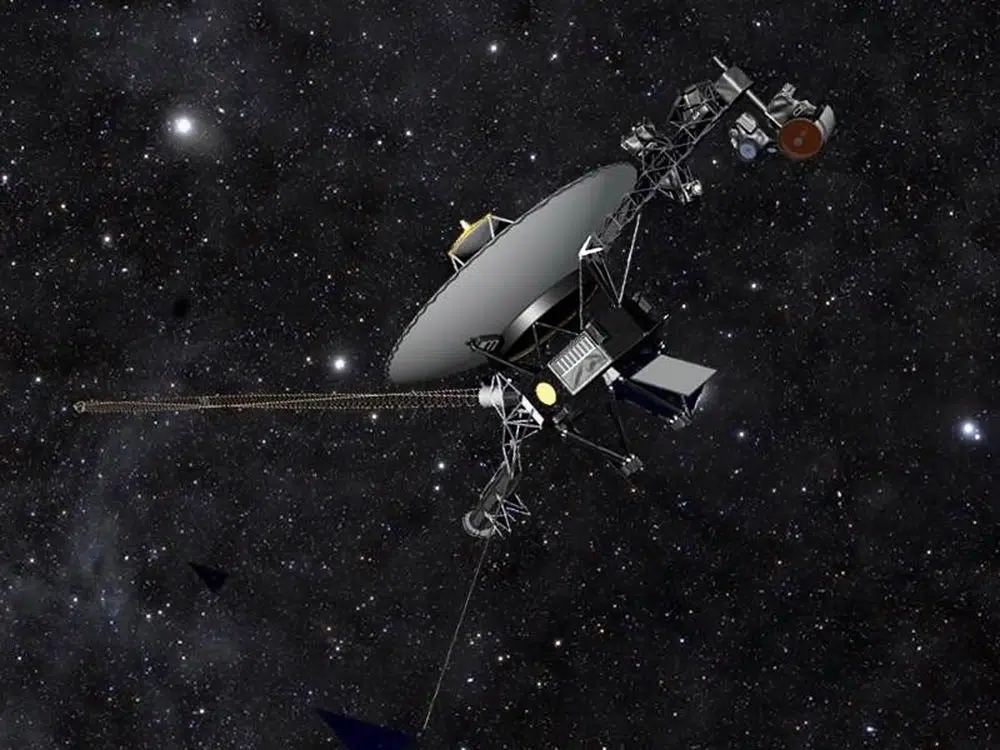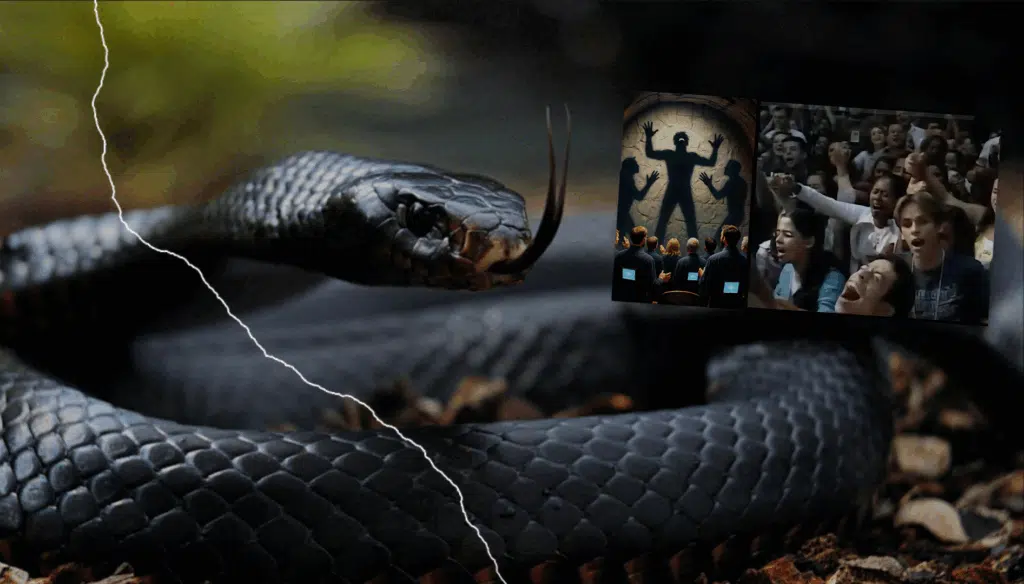
Famed Voyager 1 Space Probe Suffers Communication Problem
Just about 45 years to the day since it was launched atop a Titan IIIE rocket from Cape Canaveral, Florida, the Voyager 1 space probe — perhaps best known for its flybys of Jupiter, Saturn and Saturn’s moon Titan and the vivid images of the solar system it sent home along its way — reportedly had a glitch.
One of the critical onboard systems, which keeps Voyager 1’s antenna pointed at Earth, began sending garbled information about the spacecraft’s health and activities to mission controllers, even though all other indications showed the probe was operating normally. The rest of the Voyager 1 operations also appeared normal and in good condition as it continued to gather and send science data back to earth.
Mission engineers managed to fix the issue but didn’t immediately understand what caused the anomaly.
The team has since located the source of the garbled information: The directional antenna system had started sending telemetry data through an onboard computer that controllers knew had stopped working years ago. The computer corrupted the information.
Suzanne Dodd, Voyager’s project manager, said that once she and her team suspected the faulty computer was the issue, they opted to try a low-risk solution, simply commanding the to resume sending the data to the right computer.
Engineers don’t yet know why the antenna system started routing telemetry data to the incorrect computer, but chances are it received a faulty command generated by another onboard computer. So, if that’s the case, it would indicate an issue somewhere else on the probe. The team plans to continue to search for that underlying issue, but controllers don’t think it is a threat to the long-term health of Voyager 1, which in 2012 passed the heliopause, the limit of our sun’s influence, and is now gliding through interstellar space at a speed of about 38,000 miles per hour.
“We’re happy to have the telemetry back,” said Dodd, adding her team will do a full memory readout of the antenna system “and look at everything it’s been doing. That will help us try to diagnose the problem that caused the telemetry issue in the first place. So we’re cautiously optimistic, but we still have more investigating to do.”
Space probes Voyager 1 and Voyager 2, both launched by America’s National Aeronautics and Space Administration in 1977, are now in interstellar space.
Voyager 1 took a detour for a closer look at the rings of Saturn, but wrung its orbit northwards out of the plane of the planets. Voyager 2 continued its look at the solar system, flying past Uranus in 1986 and Neptune in 1989. That closed Voyager’s planetary mission.
But it also marked the start of the two Voyagers next phases, the exploration of interstellar space and to investigate the outer regions of the sun’s heliosphere, which is a bubble of plasma created by the solar wind, said Ed Stone, a Voyager project scientist since 1972. “The solar wind is travelling from the sun at supersonic speeds, around 400 kilometers per second, and we knew at some point” Voyager 1 would have to run into the interstellar wind.
The two Voyager spacecrafts were built at and are still operated by the Jet Propulsion laboratory, a division of the California Institute of Technology in Pasadena, California. The Voyager missions are a part of the NASA Heliophysics System Observatory, sponsored by the Heliophysics Division of the Science Mission Directorate in Washington.



